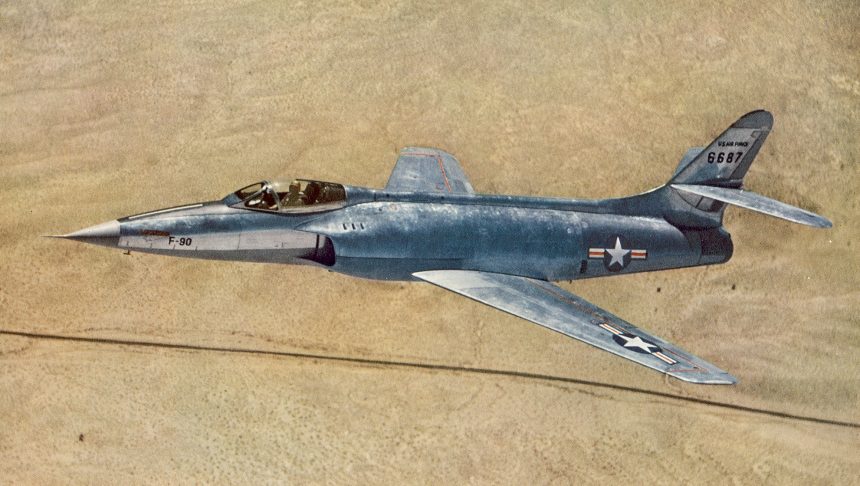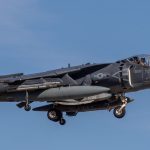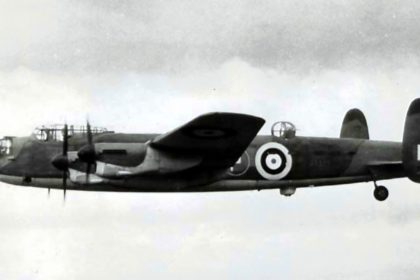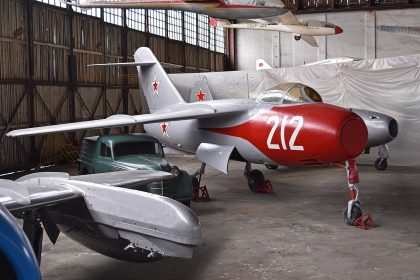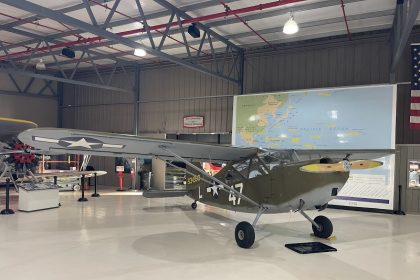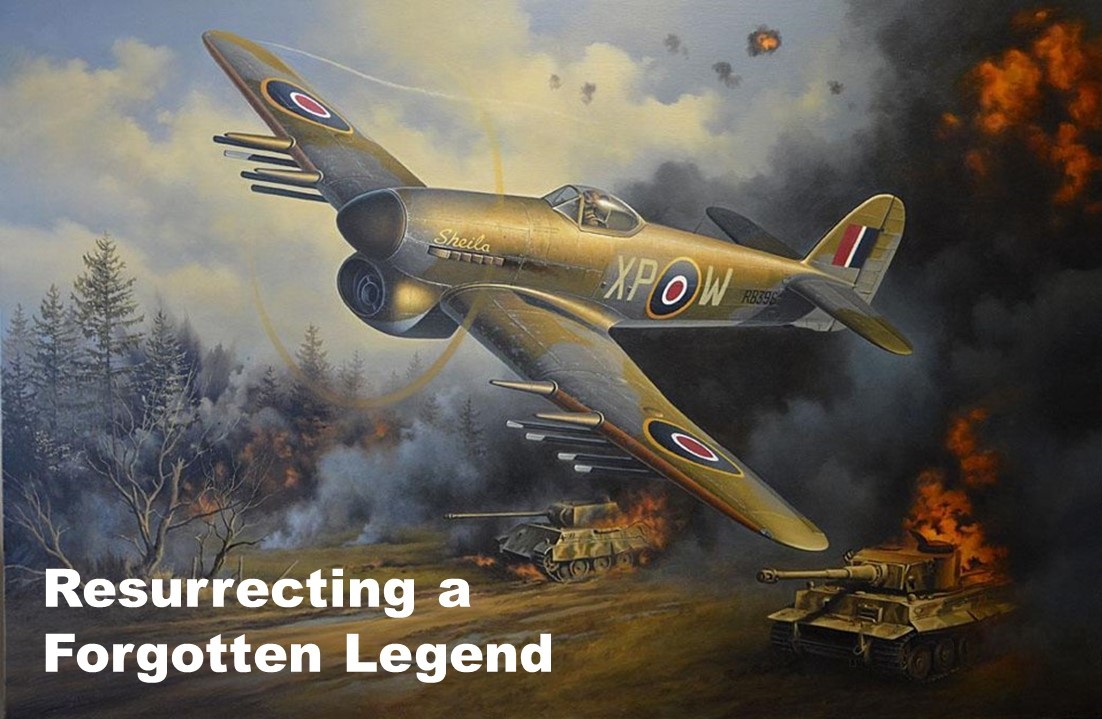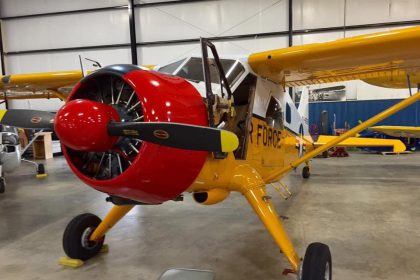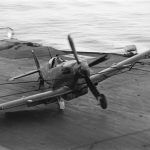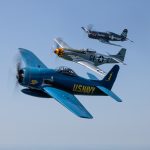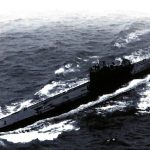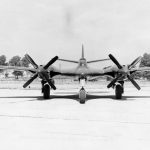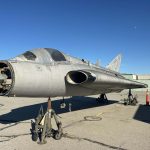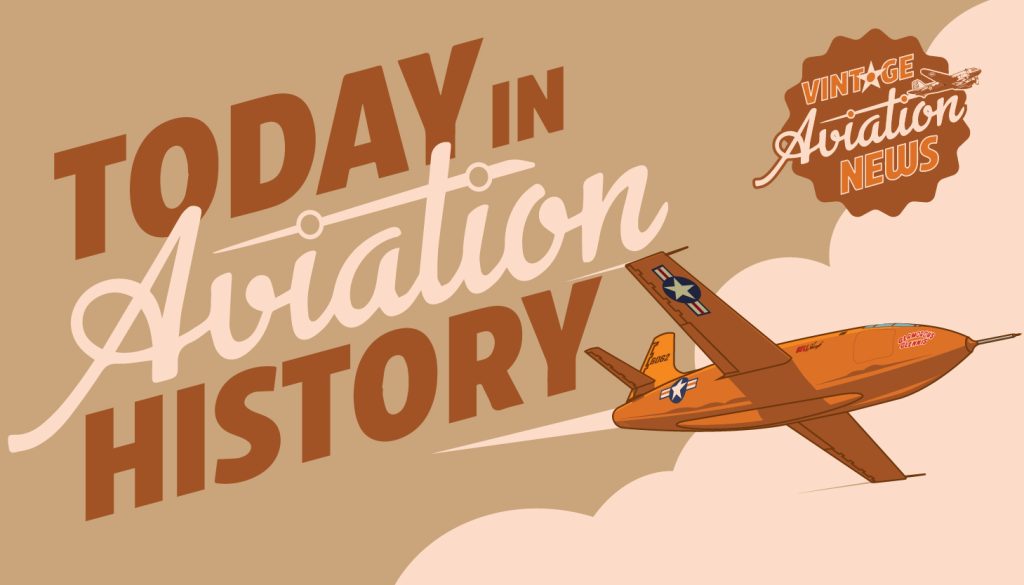
On this day in aviation history, June 3, 1949—75 years ago—the Lockheed XF-90 took to the skies for the first time. Developed in response to a U.S. Air Force requirement for a long-range bomber escort and penetration fighter, the XF-90 was Lockheed’s answer to the same competition that produced McDonnell’s XF-88, a design that would eventually evolve into the F-101 Voodoo.
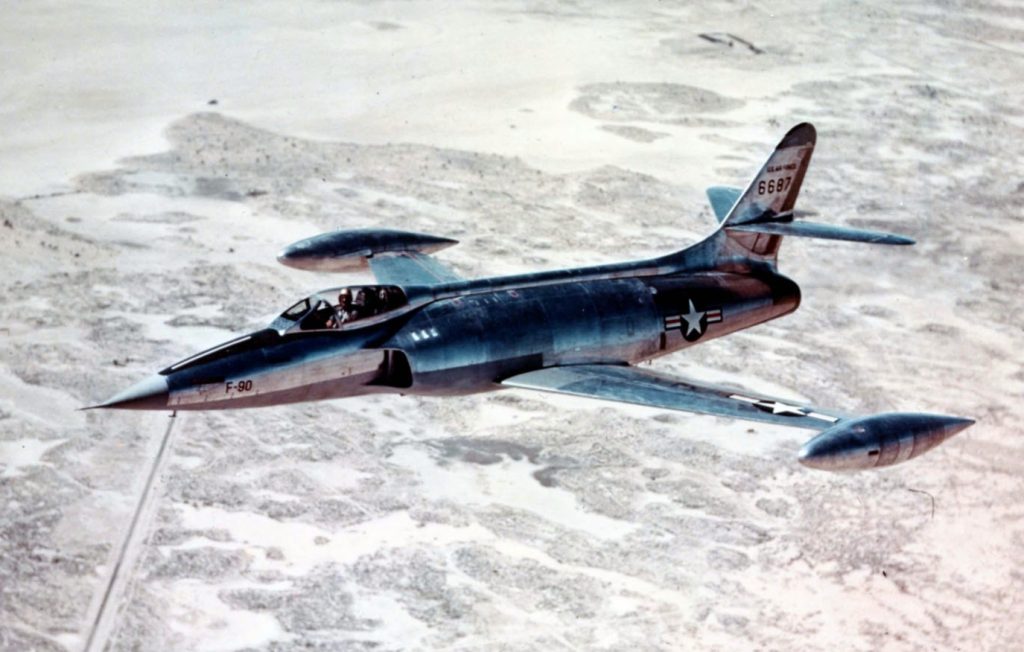
Lockheed assigned legendary engineers Kelly Johnson and Willis Hawkins at the Skunk Works to lead development of the XF-90. Drawing from components of the successful P-80 Shooting Star, the XF-90 incorporated significant design advancements, including newly adopted swept wings—a departure from the straight-wing layout of its predecessor. Despite the aircraft’s sleek design and aerodynamic improvements, the XF-90’s performance fell short of expectations. Its two Westinghouse J34-WE-15 turbojet engines produced only 4,100 pounds of thrust each, leaving the aircraft underpowered. The XF-90 achieved a maximum speed of 665 mph, a range of 2,300 miles, a service ceiling of 39,000 feet, and a climb rate of 5,555 feet per minute—numbers that lagged behind both Air Force requirements and competitor designs.
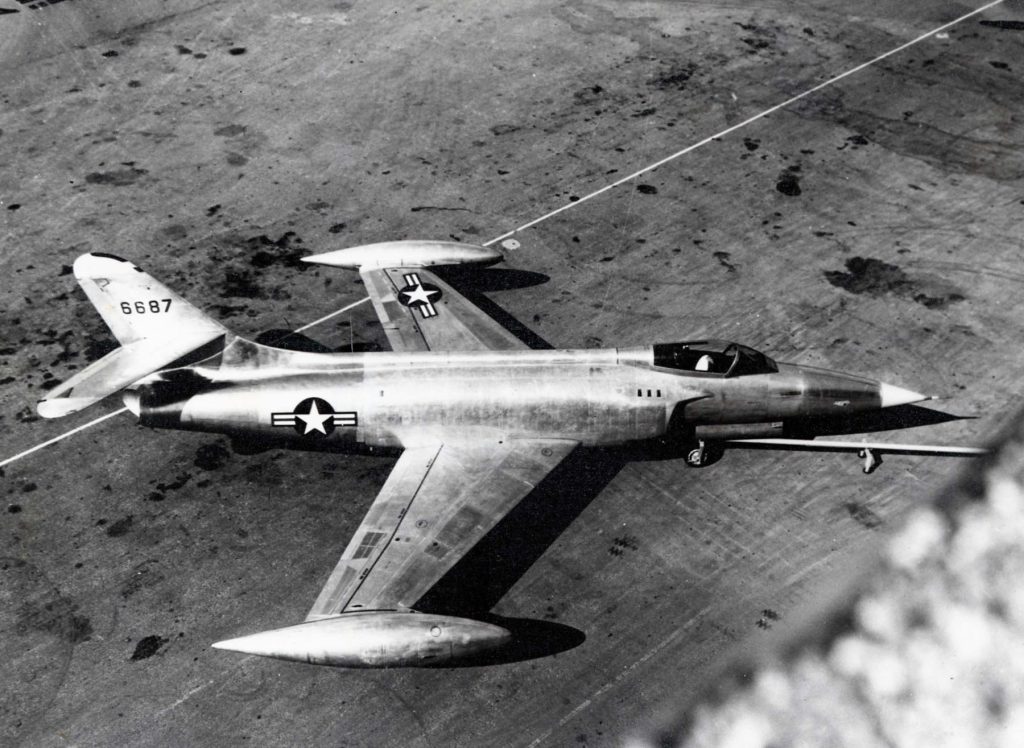
Had it entered production, the XF-90 would have been a formidable weapons platform, capable of carrying six 20 mm cannons, eight 5-inch HVAR rockets, and up to 2,000 pounds of bombs. However, the Air Force ultimately decided not to proceed with the XF-90 program, and only two prototypes were built.
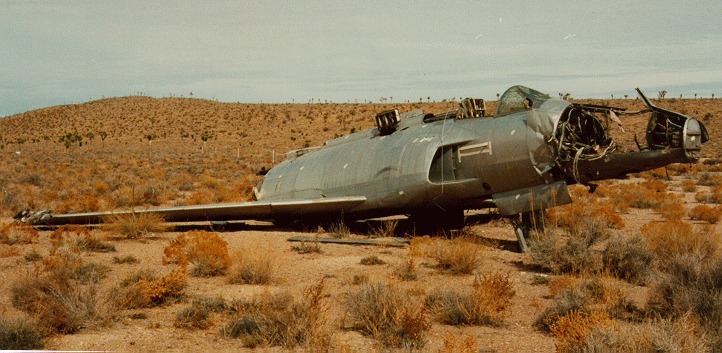
One airframe, 46-0688, survives today—though not without a dramatic history of its own. The aircraft was subjected to three atomic blasts during nuclear testing at the Nevada Test Site in 1952. After decades of exposure and eventual decontamination, it was recovered in 2003 and transferred to the National Museum of the United States Air Force in Dayton, Ohio, where it is now on display. Though it never entered service, the XF-90 endures as a testament to Cold War-era engineering—and resilience in the face of extraordinary testing.








